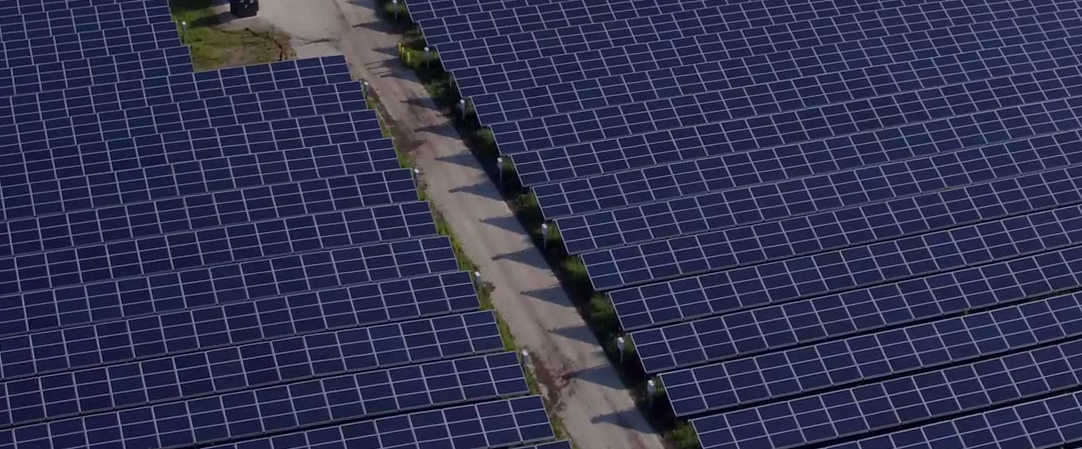If you were ever questioning what the University of Illinois was doing to lend a hand in combating climate change and protecting our planet, here’s an answer for you. Since 2015, U of I has been generating clean, solar energy (enough to power all of Research Park on a sunny day, mind you) through a 20-acre field within the southwest edge of campus. The solar park was created through the Illinois Climate Action Plan (iCAP), founded by students, faculty, and staff of the university.
In light of the U.S. pulling out of the Paris Agreement last week, it’s comforting to know that the university, and it’s students, are going to great lengths to become sustainable and create a bright, reliable future for our community and Illini.
For more information on iCAP, the solar park, and how you can help, check out the full piece here and read the excerpt below:
In 2011, the then-executive director of F&S proposed solar power, a source that would actually produce more clean energy for a similar cost.
Since 2008, campus has reduced energy consumption by 28%.
“Our staff are thinking about the long term sustainability of our campus on a daily basis,” Morgan Johnston, director of sustainability for F&S, explained. “When we look at any project, we’re looking not just at the first year of what’s going to happen, but asking what does this do for our overall campus efforts, where will it be in 40 years, and how does it add to the work we’re doing for energy conservation.”By using the energy collected from the solar farm, Illinois pushes toward its pledge of being carbon neutral by 2050, a goal set in 2008. This vision for increased sustainability was expanded in 2010, when students, faculty, and staff authored the first Illinois Climate Action Plan (iCAP), which has initiated over 500 projects to date, including the solar farm. iCAP serves as a roadmap, outlining specific actions for “meeting the needs of the present without compromising the ability of future generations to meet their own needs.”








